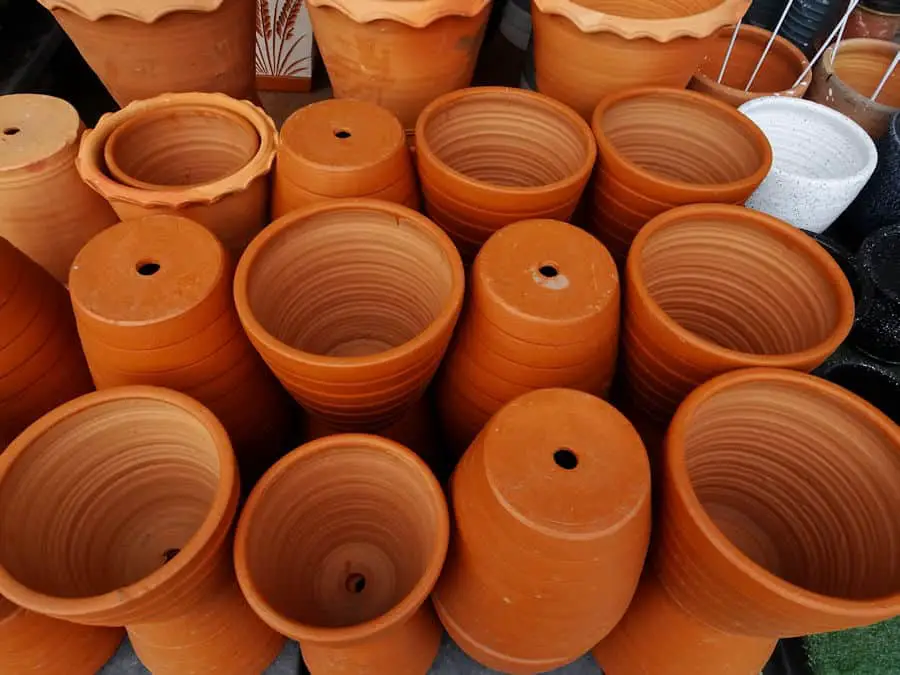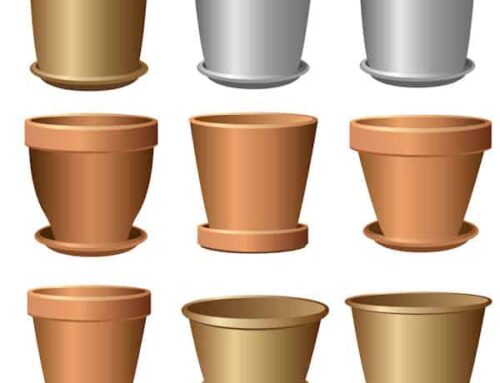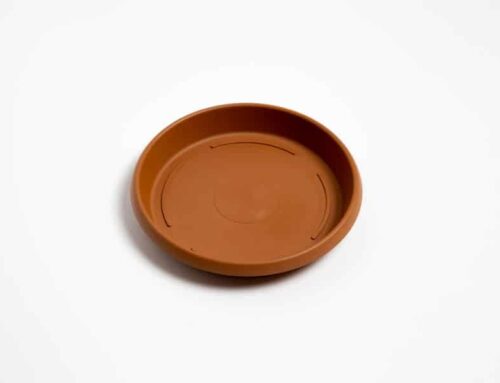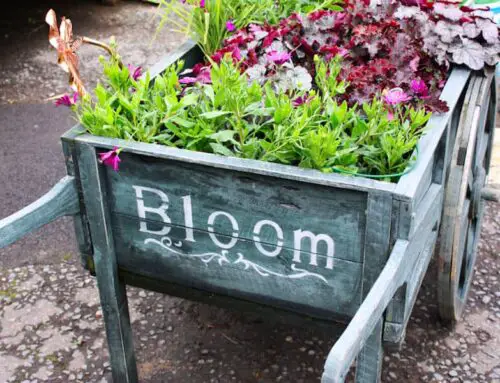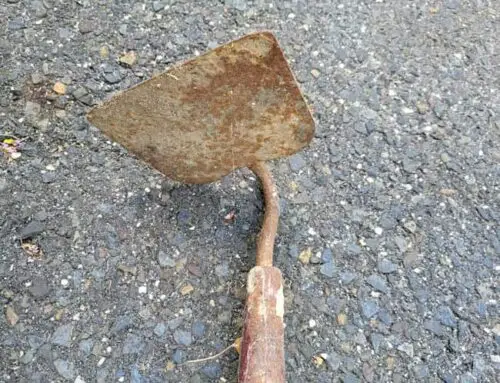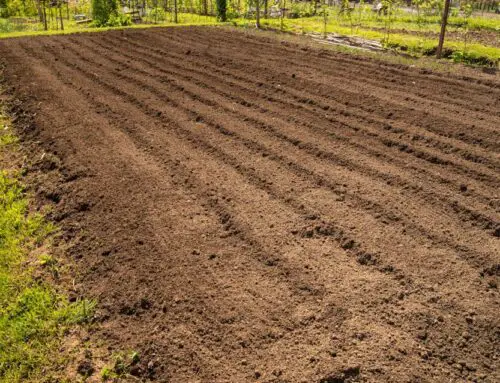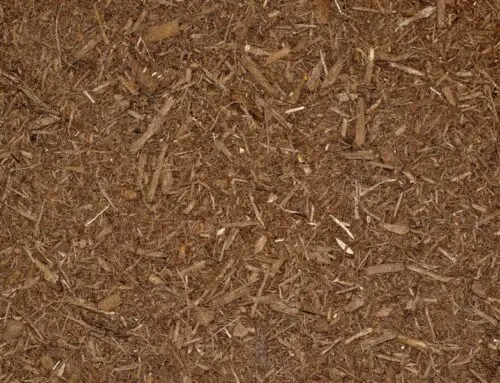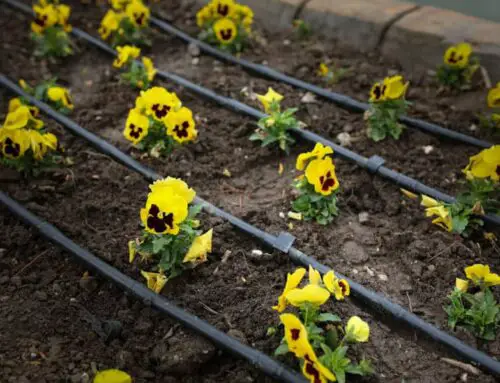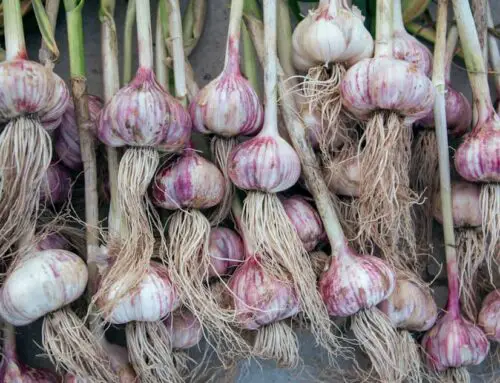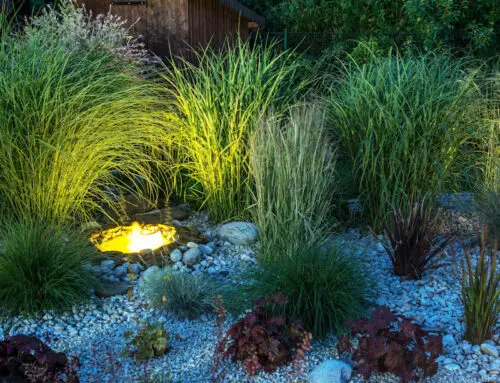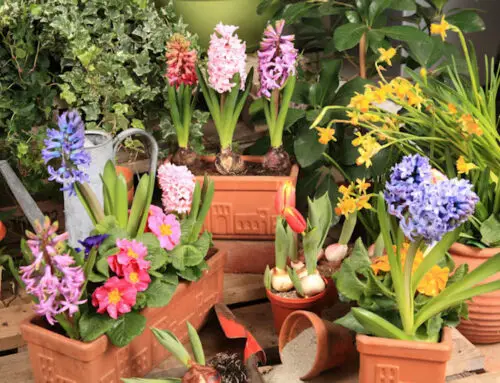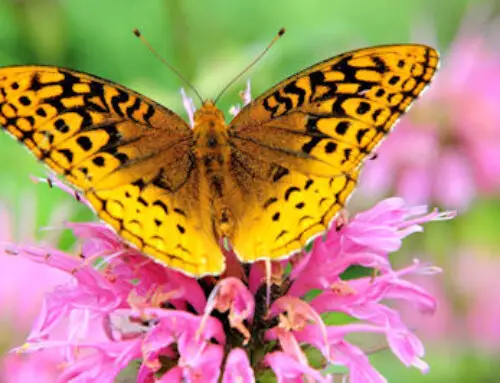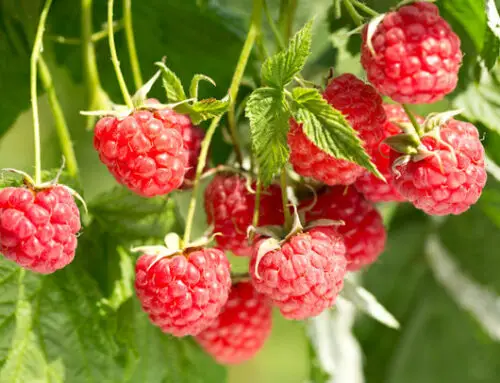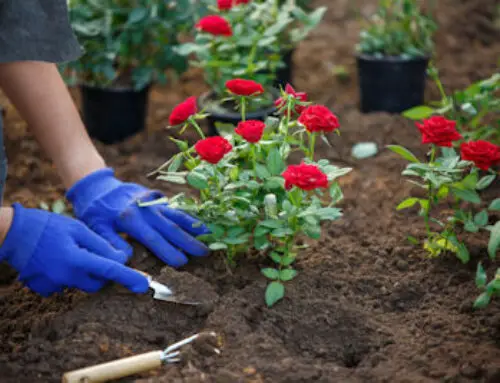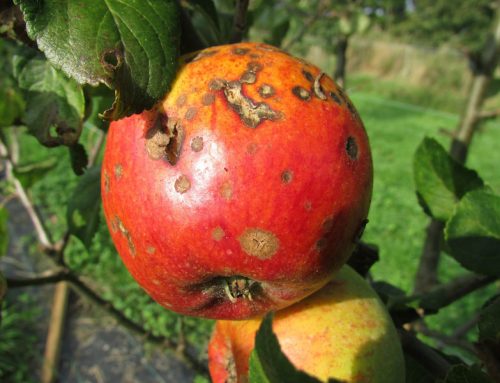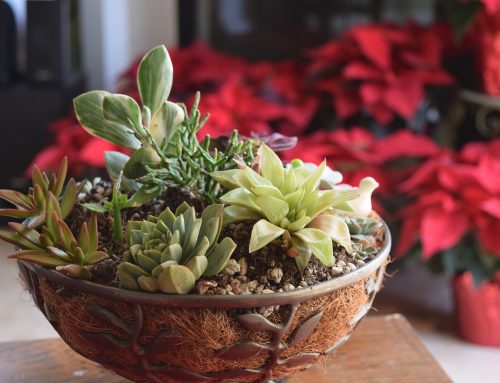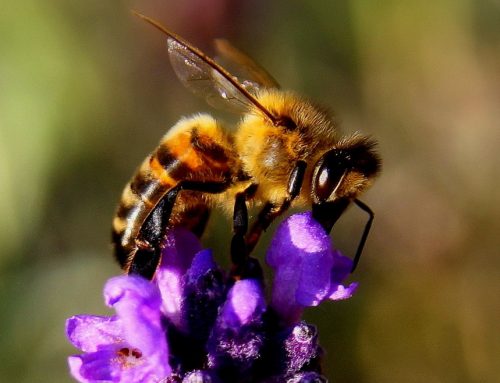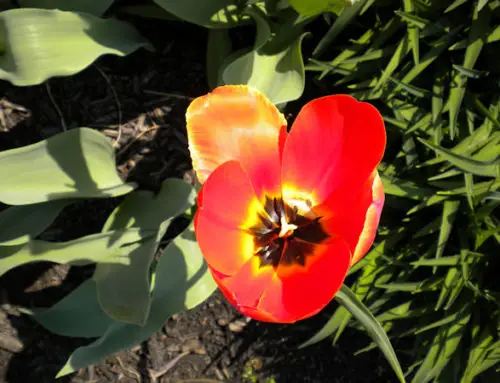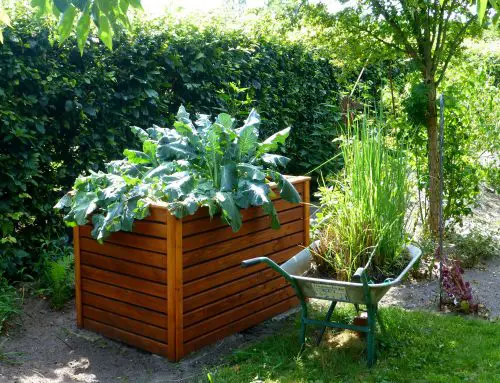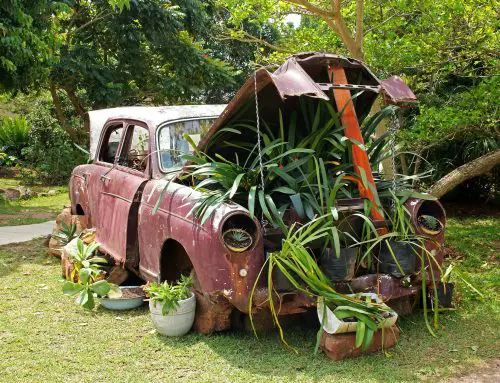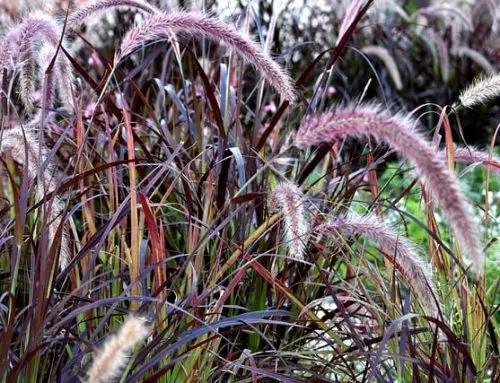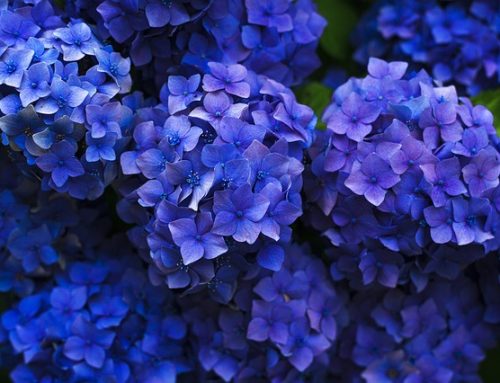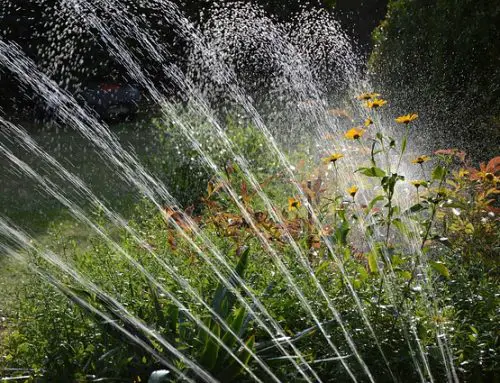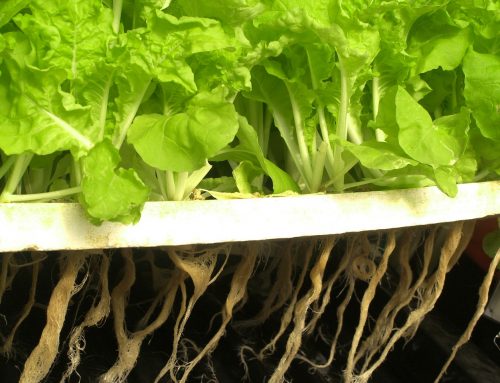If you’re uncertain about whether to remove the plug from a planter, here is some guidance that will assist you in making an informed decision for the optimal health of your plants.
In most cases, it is recommended to take the plug out of a planter to allow for proper drainage and prevent root rot.
Keep reading to learn the ins and outs of planter drainage and why it’s essential for your plants’ well-being.
Why Proper Drainage Matters
Drainage is crucial for plants, as it helps remove excess water from the soil, preventing root rot and other moisture-related issues. Adequate drainage creates a healthy environment for your plants to thrive. When water cannot escape the planter, it leads to waterlogged soil, which can suffocate the roots and cause various problems, such as mold and mildew growth.
Types of Planters and Their Drainage Systems
Standard Planters: These planters have drainage holes at the bottom and are designed for outdoor use. The holes allow water to flow out and prevent overwatering.
Self-Watering Planters: These planters feature a reservoir at the bottom that holds excess water. The plant draws water from the reservoir through a wicking system, ensuring it receives the necessary moisture without overwatering.
Decorative Planters without Drainage: These planters lack drainage holes, making them suitable for indoor use. To ensure proper drainage, you can add a layer of rocks or pebbles at the bottom before adding soil and the plant.
How to Improve Drainage in Planters
If your planter lacks drainage holes, you can take some measures to improve drainage:
Create Drainage Holes: If possible, drill holes in the bottom of the planter to allow water to escape.
Use a Well-Draining Soil: Choose a soil mix that drains well, such as a combination of potting soil, perlite, and sand, which can help prevent waterlogged conditions.
Elevate Your Planter: Use pot feet or a plant stand to lift the planter off the ground, allowing water to drain more effectively.
Avoid Overwatering: Ensure you’re not overwatering your plants by checking the soil moisture and adjusting your watering schedule accordingly.
When to Keep the Plug in a Planter
In some cases, you may want to keep the plug in a planter. For instance, if you’re using a self-watering planter or growing plants that thrive in moist conditions (such as water-loving indoor plants), leaving the plug in place might be beneficial. However, be cautious and monitor your plants for signs of overwatering.
Conclusion
It is generally advised to take the plug out of a planter for optimal drainage and plant health. Ensure proper drainage by using well-draining soil, creating drainage holes if necessary, and avoiding overwatering. Keep in mind that certain planters and plant types may benefit from keeping the plug in place, so always consider your specific situation and plant requirements.
FAQs
How many drainage holes should a planter have?
The number of drainage holes a planter should have depends on its size; generally, small planters need at least one hole, medium-sized planters need 2-4, and large planters need at least 4-6 or more. However, factors like plant species, potting medium, and climate may require adjustments to these guidelines.
Can I use a saucer with my planter to catch excess water?
Yes, a base such as a saucer can be used with a planter to catch excess water. This is especially useful for indoor planters, as it prevents water from leaking onto your floor or furniture. However, be sure to empty the saucer regularly to avoid creating a breeding ground for pests and diseases.
What are the signs of overwatering in plants?
Overwatered plants often exhibit yellowing leaves, wilting despite moist soil, root rot, mold or mildew growth, and a decrease in new growth. Always check the soil moisture before watering to prevent overwatering.
How can I tell if my plant’s roots are rotting?
Root rot is characterized by black, mushy, and foul-smelling roots. If you suspect root rot, gently remove the plant from its planter, inspect the roots, and trim away any affected areas. Repot the plant in fresh, well-draining soil and ensure proper drainage.
How often should I water my plants in a planter with a drainage hole?
The watering frequency depends on the plant species, planter size, and environmental factors such as temperature and humidity. A good rule of thumb is to water your plants when the top 1-2 inches of soil feel dry to the touch. Monitor your plants and adjust your watering schedule accordingly to prevent overwatering.

